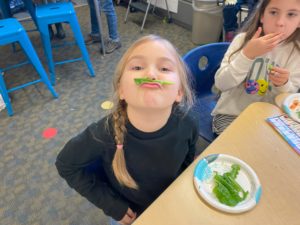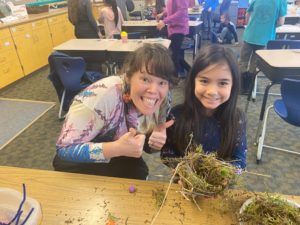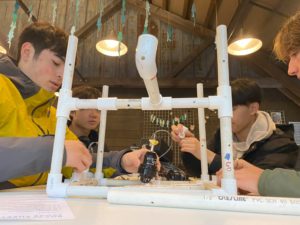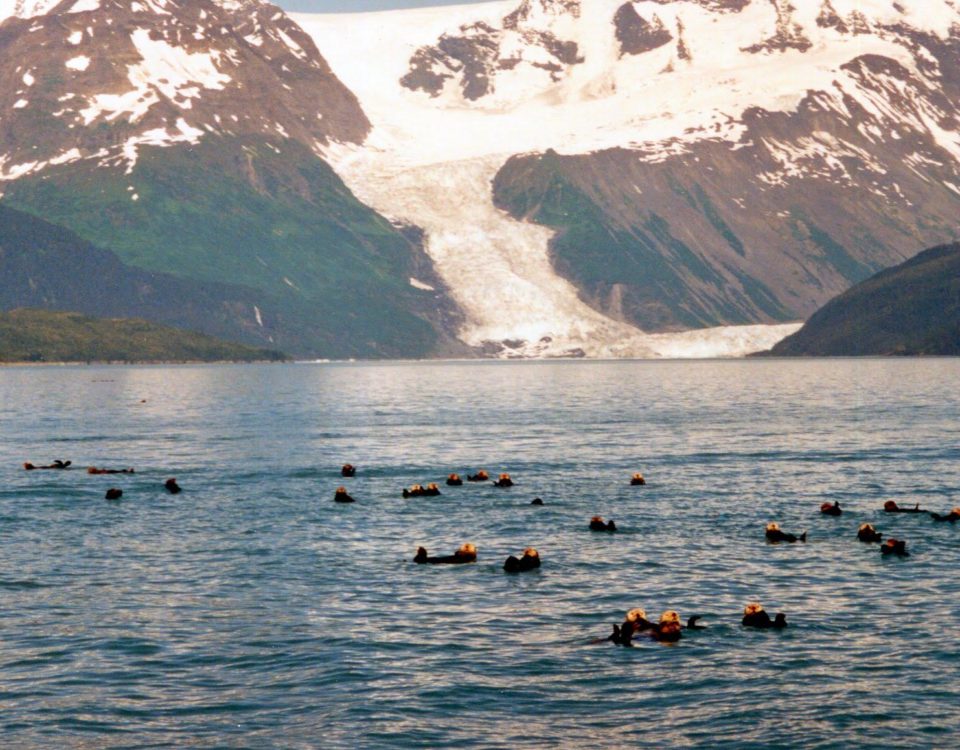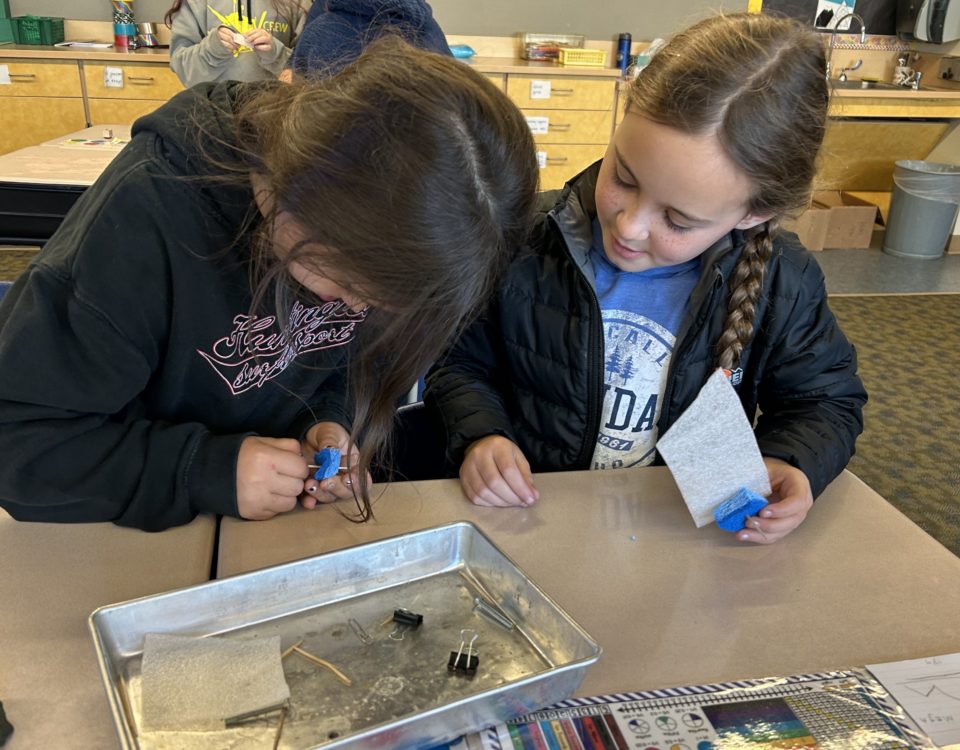Education Month in Review: November 2023
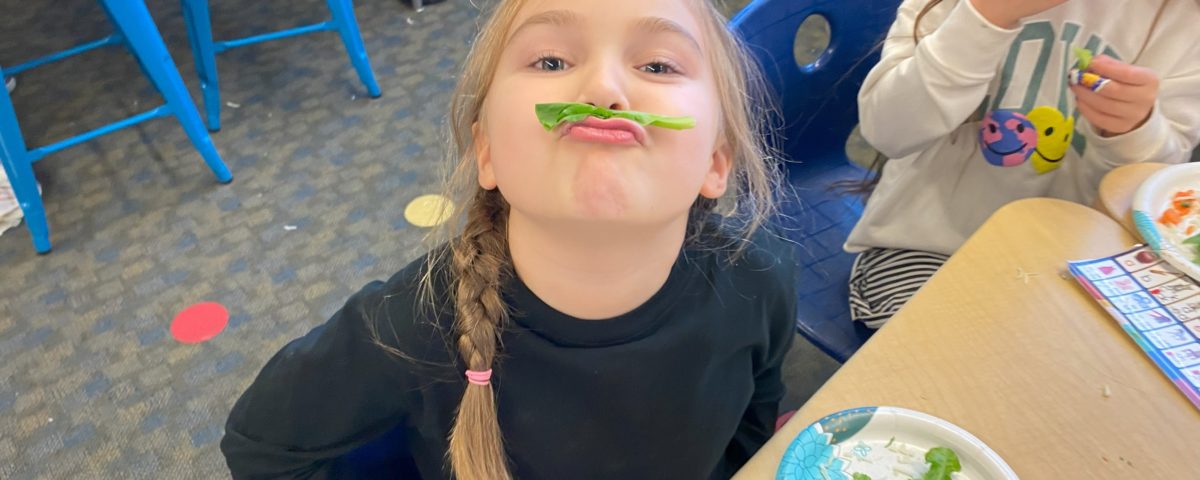
By Cristina Reo
Youth programming in November included Sea Squirts, Little Dippers, Fun Friday, and Astronomy Night. For our youngest explorers, we hosted our monthly Sea Squirts program, where the theme was rocks. Preschoolers used their five senses to explore and describe rocks. Our Little Dippers hiked, explored, and played in heavy rain, strong winds, ice, and snow. They investigated large and small patterns found in nature using inquiry, observation, and teamwork. At Fun Friday: Oceanography, children got their inner oceanographer on! Participants saw and touched scientific equipment, learned about ocean currents, discovered density, tested our wave tank, and more! Astronomy Night: Marvelous Mars focused on learning about our closest neighboring planet. Children pretended to fly to Mars and explored what it might take to survive on the Red Planet by building rovers, mining candy bar cores, and experimenting with gravity.
The education team took the ROV challenge on the road. We were honored to be included in the lineup for the Sitka Sound Science Center’s Whale Fest. Students around the state learned about the Exxon Valdez oil spill and engineered a remotely operated vehicle (ROV) out of PVC pipes. They tested their ROVs in a pool and maneuvered them through obstacles simulating oil spill recovery.
November’s adult programming included Nature Yoga, Science Trivia, and Tuesday Night Talks. This month’s Nature Yoga theme was tides and currents. Yoga instructor Aviva took participants on a relaxing journey as they learned to let the currents run through them. Dr. Alysha Cypher hosted a mariculture-themed Science Trivia. We had a great time with questions ranging from oyster anatomy to mariculture pop culture. The first Tuesday Night Talk of November was a meeting of the PWS Audubon Society and a presentation by Brandt Meixell of the U.S. Forest Service as he discussed Bands, Swabs, and Feathers: Experiences from Twenty Years of Waterfowl Fieldwork throughout Alaska. The next talk was presented remotely by Natalie Monacci of the University of Alaska Fairbanks. Natalie works for the Ocean Acidification Research Center and discussed Monitoring Alaska’s Ocean Chemistry. Jesika Reimer of Taiga Wildlife Research presented the third talk of November Bats: Biology, Research, and More. Jesika highlighted the past ten years of bat research and what it has taught us about bats in Alaska. Finally, the month capped off with a remote presentation from Eden McCall, a former intern with the U.S. Forest Service, discussing The Magic of Alaskan Coastal Wetlands, where she debuted three of her south-central Alaskan films. The film highlighting the Copper River Delta and Cordova can be viewed here.
Here is the November learning update from our Discovery Room program at Mt. Eccles Elementary School:
- First Grade explored animals’ ear shapes and how those shapes can help different animals hear different things. After learning about ears, the first graders took an unusual field trip through a giant-sized, interactive human ear. While crawling through the ear, they got to see and touch parts of the internal anatomy of an ear.
- Second Grade: Lettuce share the good news! The second graders’ hydroponic lettuce, which they have been growing and caring for all semester, has grown so big that we just had to eat it! Everyone got to indulge in a salad party where they learned that veggies taste best when you grow them yourself.
- Third Grade continued to move through a bird’s life cycle. e discussed nests and nesting behaviors. Students used their engineering and problem-solving skills to build nests that would hold three eggs and withstand stormy winds. Additionally, you may see the third-grade classes out and about in December as they participate in the Christmas Bird Count!
- Fourth Grade: This year’s fourth-grade classes are famous for the abundance of energy in their cohort, but can they harness that energy? November was the start of our energy unit. Students learned about kinetic and potential energy and experimented to create a current from wires and magnets.
- Fifth Grade: The cryosphere was the sphere of the month for the fifth graders as they continued to explore the interaction between Earth’s systems. They made models of glaciers out of ice cream. While doing so, they learned about different ways to view data, including data sonification. Students uploaded data on ‘glacier mass’ and ‘freshwater flux in the ocean’ and set that data to music.
- Sixth Grade started the month with an immersive field trip aboard the Science Center’s research vessel New Wave. They looked for bioluminescent plankton, watched Dr. Rob Campbell perform a plankton tow, and enjoyed a beautiful night on the water. Later in the month, they learned about thermohaline circulation and practiced their map plotting skills. Building off the thermohaline circulation lesson, they learned about marine debris and how ocean currents move trash all over the world’s oceans.


